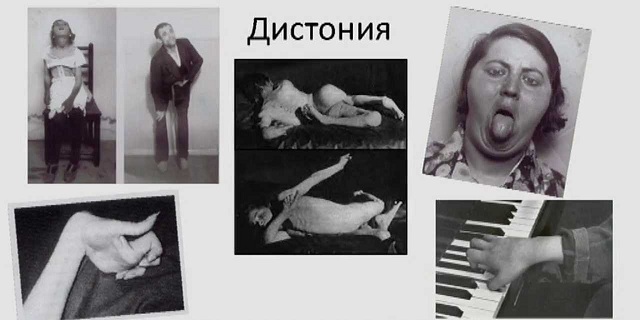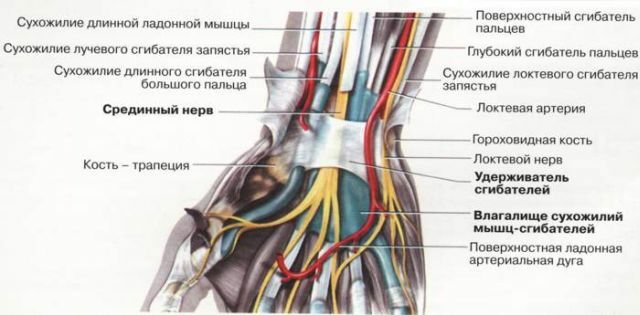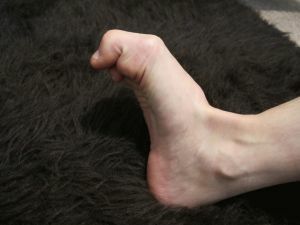 The origin of the word "hormetonia" is due to the combination of the Greek words hormē( in the sense of the onslaught) and tonos( tension).In medicine, this term is used to refer to the state of excessive tonus in the muscles of the limbs, which occurs for no apparent reason or under the influence of externally stimulated irritation in case of brain damage.
The origin of the word "hormetonia" is due to the combination of the Greek words hormē( in the sense of the onslaught) and tonos( tension).In medicine, this term is used to refer to the state of excessive tonus in the muscles of the limbs, which occurs for no apparent reason or under the influence of externally stimulated irritation in case of brain damage.
The term was proposed by the neuropathologist Davidenkov in 1919 and therefore the disorder is called the Davidenkov's hormometonic syndrome.
Pathogenesis and causes: according to the author and the modern vision of
The neurologist-pioneer noted that this phenomenon is most often manifested when the circulation of the brain is disturbed. Particularly pronounced clinical manifestations of hormometry when blood filling the ventricles of the brain, as well as in the case of subarachnoid hemorrhages in the brain.
Also, hormometry is characteristic for thrombosis, encephalitis, or brain abscess. Spasms can affect one or two limbs at once. 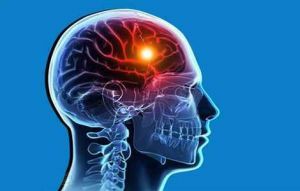
There is a syndrome even when the patient is in a coma. Attacks of hormometry are cyclical, have their own rhythm, frequency of occurrence and duration. Tonic seizures are manifested in tremors or in the form of hyperkinesis( chaotic arbitrary contraction of different muscle groups).
In his works, Davidenkov outlined two possible causes of the disease:
- dissociation( complete isolation) of spinal segments and pyramidal segments, as well as the rupture of extrapyramidal interrelations;
- disruption of the integrity of the spinal roots, which enable afferent impulses from the periphery.
According to Davidenkov, hormometry can be caused by pathological conditions that occur with the involvement of the cerebral cortex.
As a consequence of this, there is a phenomenon of disinhibition of the spinal segments. This phenomenon has its own name - dynamos. In any case, hormometry is a manifestation of protective reflexes.

As for the immediate causes, the hormometry can cause:
- multiple sclerosis and senile dementia;
- meningitis and neurosyphilis;
- metabolic disorders( Addison's disease);
- tumors in the central nervous system;
- overdose of toxic substances( including drugs);
- bruising or brain contusion;
- atherosclerosis and intracerebral hemorrhage.
Clinical manifestations of
On clinical manifestations with hormometology it is common to distinguish four signs:
- Increased tonus of rotators of the shoulders, flexors of forearms and brushes .Also, there may be an increased muscle tone of the hip adductors and the extensor muscles of the lower leg, as well as the adductors and flexors of the foot. Because of this stop takes an unnatural position, when the front part of it is maximally bent up, and the lower part is lowered down.
- The appearance of spasms in the very extremities of the , which last from a few seconds to two, three minutes. Spasms occur most often in the proximal areas.
- Clearly expressed protective reflexes .
- Various kinds of vegetative disorders .
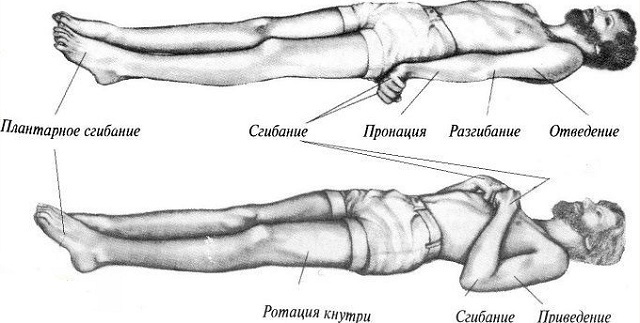
According to the clinical picture, it is common to divide the generalized, gemi- and monogermetonium hormometony.
- With the generalized , the patient is in a coma( deep), he has abnormalities in the cardiovascular system, as well as breathing systems. Eyeballs make swimming movements. The patient often vomits.
- With hemi , the patient's condition is less severe. As a rule, he is not conscious. Spasms occur on one, then on another limb.
- With mono , the hormometry symptomatology is observed only on one limb. The contracture of joints can be either late or early, and one can go to another.
Assisting
 Unfortunately, to date, there is no specific treatment specifically for hormometry, since this condition develops as a consequence of the underlying disease. It is the underlying disease that doctors try to treat most of all.
Unfortunately, to date, there is no specific treatment specifically for hormometry, since this condition develops as a consequence of the underlying disease. It is the underlying disease that doctors try to treat most of all.
As a first aid, it is customary to use the standard procedure used for cramps. If there are no contraindications to the transportation of the patient, he is hospitalized with a referral to the neurological department.
In medical practice, according to the nature of seizures of hormometonia and where the brain is damaged, it is customary to judge the degree of damage to the brain.
Prolonged seizures( sometimes within six hours) indicate a poor prospect for the patient. This is indicated by the emergence of seizures after surgery. It is believed that with a stroke that is accompanied by hormone, the prognosis is extremely unsatisfactory. As a rule, everything ends in a lethal outcome.
Particularly unsatisfactory prognosis in the generalized form of the disease. With hemihormetony and monomyrmetonium, the prognosis is slightly better, although it is difficult to call it comforting. However, the development of modern medicine and neurosurgery in particular, slightly improves pessimistic predictions.

